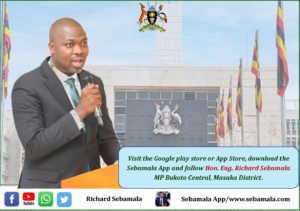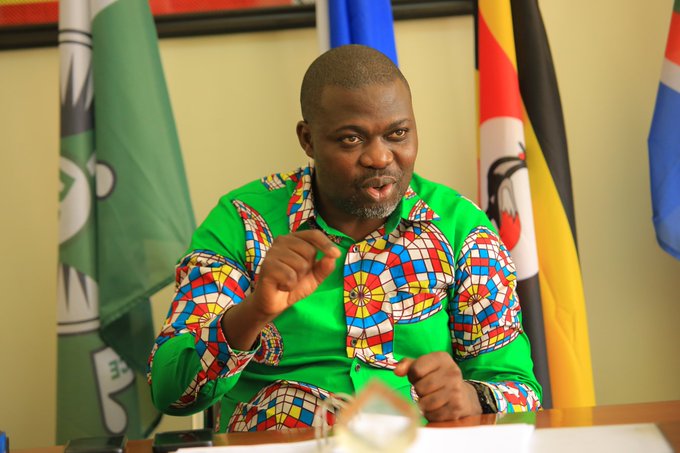ENGLAND: Millions of people across the UK and beyond are preparing to celebrate the coronation of King Charles III – a symbolic ceremony combining a religious service and pageantry.
King Charles is set to be crowned alongside the Queen at a lavish ceremony in Westminster Abbey on Saturday May 6th 2023 and will be the 40th reigning monarch crowned there since 1066.
The investiture will form part of a long weekend filled with celebrations for the new monarch, ranging from street parties to concerts.

The King ascended the throne after the death of his mother, Queen Elizabeth II, in September last year, making him the oldest new monarch in British history. Since then, plans for the much-anticipated Coronation weekend, code-named Operation Golden Orb, have been revealed.
Here, The Telegraph details everything you need to know about the historic event.
When is the King’s Coronation?
The Coronation service will begin at 11am on Saturday, May 6 at Westminster Abbey.
The ceremony will be followed by a weekend of events, including a concert at Windsor Castle.
The formal celebrations will begin with a procession from Buckingham Palace to Westminster Abbey with viewing areas along the route opening at 06:00 BST.

Public access to sites along The Mall and Whitehall will be on a first-come, first-served basis, with people directed to official screening sites in Hyde Park, Green Park and St James’s Park once they are full.
What will happen at the Coronation ceremony?
The King and the Queen Consort will arrive at Westminster Abbey in a procession starting from Buckingham Palace known as The King’s Procession.
Their Majesties will be crowned in the Abbey in London in a service that will be conducted by the Archbishop of Canterbury.
Buckingham Palace said the ceremony will reflect the monarch’s role today and look towards the future, while remaining rooted in longstanding traditions and pageantry.

In a statement, the Palace added: “The Coronation is a solemn religious service, together with an occasion for celebration and pageantry.
“The ceremony has retained a similar structure for over a thousand years, and this year’s Coronation is expected to include the same core elements while recognising the spirit of our times.
“For the last 900 years, the ceremony has taken place at Westminster Abbey, London. Since 1066, the service has almost always been conducted by the Archbishop of Canterbury.”
The Coronation will include many of the ceremonies that were seen in the late Queen’s service, such as the oath, anointing, homage and enthronement.
Charles will also have the crown of St Edward placed on his head, officially crowning him King Charles III.

He will be seated in the Coronation Chair, known as Edward’s Chair, holding the sovereign’s sceptre and rod to represent his control of the nation, and the sovereign’s orb to represent the Christian world.
Unlike his late mother’s 1953 Coronation, the King will be anointed out of sight, enclosed behind a three-sided screen, rather than just a canopy.
The new partition pays tribute to the Commonwealth and the King’s lifelong passion for sustainability.
The service has also been planned to be representative of different faiths and community groups, in line with the King’s wish to reflect the ethnic diversity of modern Britain.
The King will become the first monarch to pray aloud at his Coronation service. The prayer was written especially for the King, who will ask to be a “blessing” to those “of every faith and conviction”.
Over 8,000 guests from 129 nations travelled to Westminster Abbey for the late Queen’s coronation, but the event this year will be limited to 2,000 to accommodate health and safety restrictions.
Charles is understood to want a diverse congregation to witness the event, and has invited representatives from his many charity affiliations and from across the voluntary sector.
In contrast, only a minority of MPs and peers have been invited to the ceremony.
What Crown will the King wear?
The King will be crowned with the St Edward’s Crown, which is made of solid gold and features over 400 gemstones, including rubies, garnets and sapphires. He will leave the Abbey wearing the Imperial State Crown.

The King is thought likely to arrive at his Coronation in military uniform, which would then form his main base attire for the ceremony.
However, he will also appear in a number of ceremonial robes throughout, including the Robe of State when he enters Westminster Abbey. This is also known as the Parliament Robe as it is worn for the State Opening of Parliament.
He will then wear a number of sacred garments at different points in the ceremony. You can read about them in detail here.
What will happen after the Coronation?
After the ceremony, the King and Queen Consort will return to Buckingham Palace in the Coronation Procession.
It has been revealed that the route will be a fraction of the length of Queen Elizabeth’s, raising fears that many royal well-wishers may miss out on the chance to see the new monarch.
The 1.3-mile route will take the King and Queen from Westminster Abbey to Buckingham Palace, but avoid large sections of the capital that were taken in during Queen Elizabeth II’s 1953 five-mile Coronation procession.
It will be the reverse of their journey to the Abbey, meaning people who have managed to secure a spot lining the route will see the King twice.
The King, Queen and senior members of the Royal family will then stand on the Buckingham Palace balcony for the fly-past to conclude the day’s ceremonial events.
Will the Coronation be televised?
The Coronation will be televised for British and international audiences to watch. It comes after the Accession Council was broadcast for the first time ever in September last year.
The late Queen’s coronation was the first ever to be televised and came at her own request. An estimated 27 million people in the UK watched the ceremony on television, with 11 million tuning in on the radio.
What will happen the day after the Coronation?
People across Britain will take part in the Coronation Big Lunch, during which neighbours and communities will be invited to share food and fun.
The Government announced that the Prime Minister will host a Big Lunch at Downing Street on the Sunday and that guests will include community volunteers from across the country.
Separately, a Coronation Concert will be staged and broadcast live at Windsor Castle by the BBC on the Sunday evening.
More than 57 locations across the UK, from Bournemouth to Belfast, will be putting up big screens meaning that more than 100,000 people will be able to watch the event in their hometowns.
Huge television screens will also be placed in Hyde Park, Green Park and St James’s Park for public viewing in London. Screens in St James’s Park will also show the Coronation Concert at Windsor Castle on Sunday, May 7.
What will happen after the Coronation weekend?
A service of thanksgiving is set to be held for the King at St Giles’ Cathedral in Edinburgh, at which he will be presented with Britain’s oldest crown jewels.
During the service, the King will be presented with the Honours of Scotland, which are normally on display in the Crown Room at Edinburgh Castle and are the oldest regalia in the British Isles.

The Honours, which were last used for a coronation to crown Charles II at Scone in 1651, will be escorted from Edinburgh Castle to the cathedral by a people’s procession of about 100 representatives from different walks of life across Scotland.
They are composed of the crown of Scotland, the sword and the sceptre, and date from the late fifteenth and early sixteenth century, during the reigns of James IV and James V, the grandfather and father of Mary Queen of Scots.
Humza Yousaf, the Scottish First Minister, said the thanksgiving ceremony would allow Scotland to welcome the new monarch.
By The Telegraph, UK
centralupdates31@gmail.com





